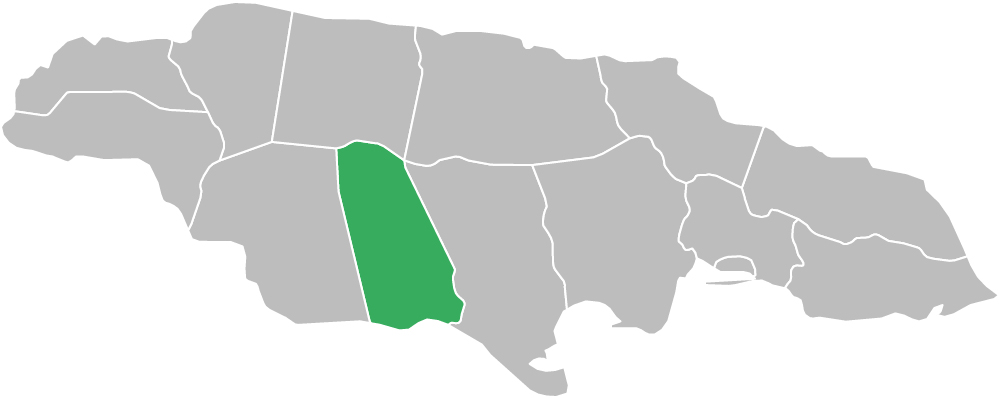menu
menu
Menu

Manchester is a parish in the south-central section of Jamaica, roughly halfway between the island’s eastern and western ends. It is located in the county of Middlesex, bordered by the parish of Clarendon to the east, St. Elizabeth to the west, Trelawny to the north and the Caribbean Sea to the south.
Manchester is one of Jamaica’s most mountainous parish with three (03) main ranges, the Carpenters Mountains, the May Day Mountains and the Don Figueroa Mountains. The Carpenters is the highest of these ridges, reaching as far as 2, 770 feet above sea level.
The parish is administered by one parochial board, the Manchester Municipal Corporation.
Land Area: 827.8 sq km (319.6 sq mi)
Capital Town: Mandeville
On November 29, 1814 at the beginning of the 19th Century, coffee farmers in the hills of Clarendon, St. Elizabeth and the then parish of Vere, petitioned to have a separate established. They asked for a new parish, with a capital which would meet their religious, civic, judicial and administrative needs. The main reason for this action was the vast distance between the hill districts and the commercial and administrative centres of all three parishes.
On December 13, 1814 the new parish was formed and named after the Duke of Manchester who was then serving as the Governor of the island. The capital was named Mandeville, after his son and heir.
In the days prior to the abolition of slavery, Manchester’s population was never as large as that of the surrounding parishes because the hilly terrain was not suited for the cultivation of sugar which was then the island’s most lucrative crop. However, after emancipation many of the newly-freed slaves moved into the area to grow coffee and other crops on hillside farms. In the old colonial regime, Manchester had the prestigious distinction of being the most English of Jamaica’s parishes and it was known as “the playground for the landed European gentry”.
In 1942 it was discovered that Manchester was the site of one of the largest deposits of bauxite in the country. Bauxite is a red ore which is processed to produce alumina and eventually aluminium. This discovery led to the growth and development of Manchester’s bauxite and alumina industries which facilitated the speedy development of the parish and Mandeville in particular.
Today, the economy of Manchester is still deeply rooted in both bauxite and agriculture.
